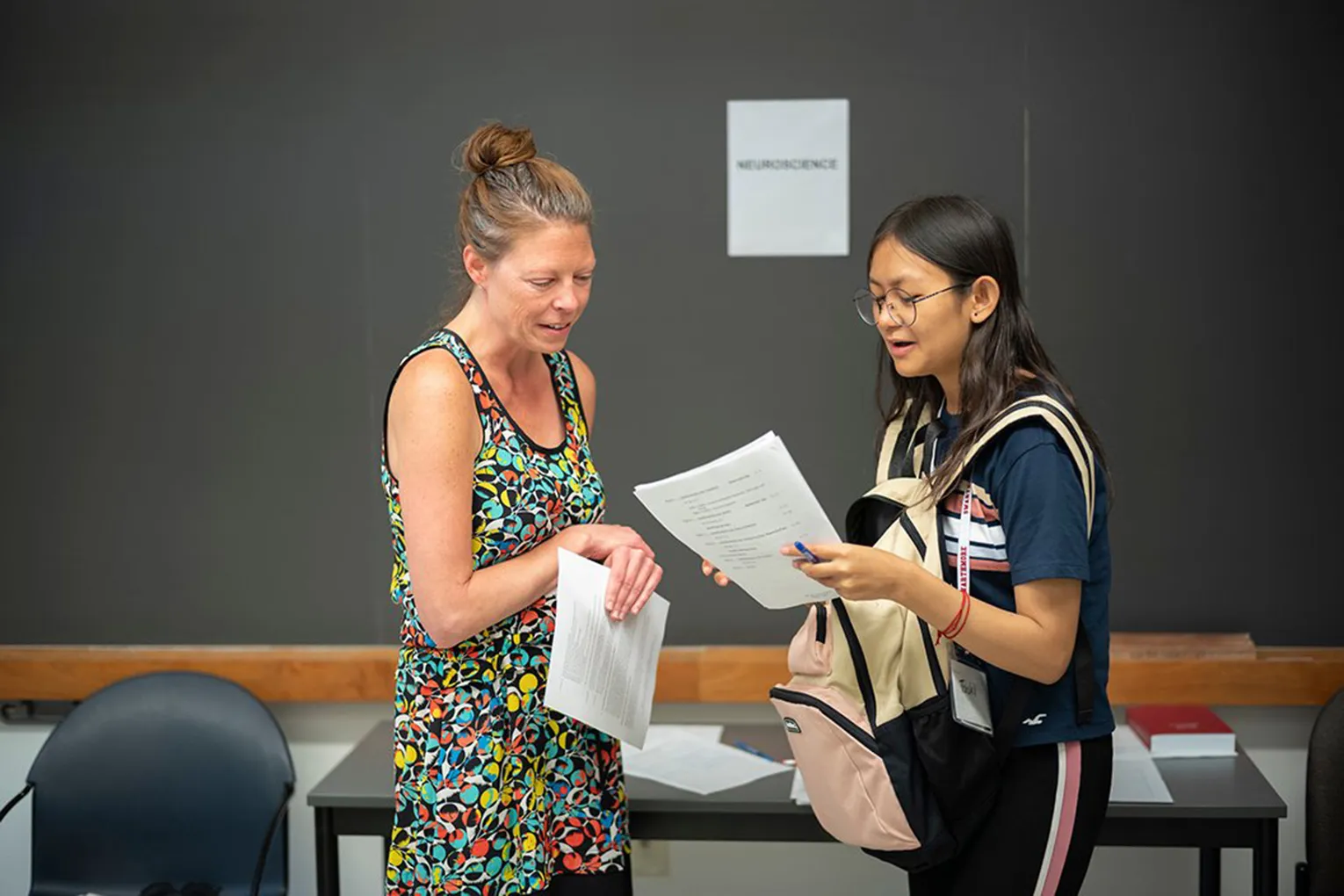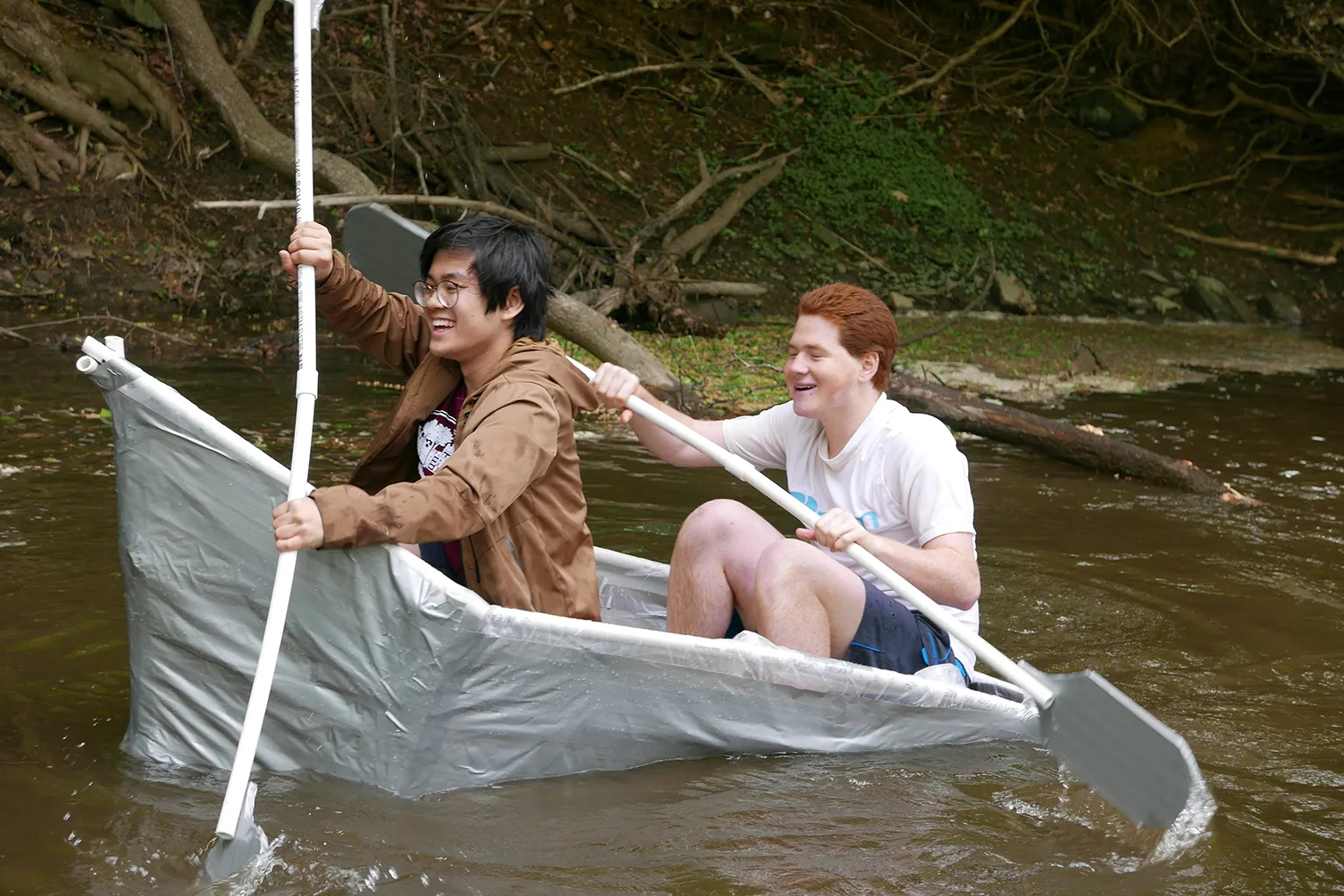Cacey Bester
"One of the most important things that I learned is that there isn't a certain background or upbringing that makes you inclined to be a good scientist,” she says. “If you’re willing to commit the time and energy to learning the topic, then you can be successful.”
But he meant literal splashes — and that summer, Bester helped build an apparatus to film droplets in slow motion. By the end of the project, she was hooked.
“I learned how to design and build experiments,” she says. “It really got me excited about this area of physics.”
The following year, after graduating college, Bester returned to Nagel’s lab for graduate school. In 2015, she earned her Ph.D., becoming one of roughly a hundred Black women in the United States to earn a physics doctorate.
After postdoctoral fellowships at Duke University and the University of Pennsylvania, Bester joined Swarthmore in 2019, where she continues to probe the hidden rules of granular materials.
“Take sand,” she explains. “You can walk on it at the beach, and it supports your weight. But sand can also flow like a liquid. How does it go from one to the other?”
In a recent experiment, Bester stacked grains inside a clear chamber, creating a controlled sandpile. By gently tapping the chamber, she introduced small bursts of energy until the grains began to shift and flow. The grains themselves were specially designed to alter polarized light when under stress. Viewed through filters, the pile glowed in vivid colors, allowing Bester to track how grains press against one another in the critical moments when a solid transforms into liquid.
The work may sound esoteric, but its applications are anything but. Food industries rely on granular physics to ensure flour, sugar, and coffee move smoothly through packaging systems. Construction depends on knowing how sand, gravel, and cement settle and flow. The same principles also help scientists model avalanches and study shifting coastlines.
Bester’s research carries forward the spirit of her mentor: Nagel’s coffee-ring paper alone has been cited thousands of times by engineers designing technologies from inkjet printers to nanodevices.
And Bester has brought that mentorship full circle. For her, research is inseparable from teaching and mentorship. Her experiments depend on students, who work in her SwatGrains Lab to help design and build apparatuses for unraveling the mysteries of granular materials.
Bester, who assists with the Physics Department’s efforts on diversity, equity, and inclusion, is determined to give her students the same kind of close guidance, from high school on, that transformed her life.
“I try my best to be supportive of students, and one of the most important things that I learned is that there isn't a certain background or upbringing that makes you inclined to be a good scientist,” she says. “If you’re willing to commit the time and energy to learning the topic, then you can be successful.”




